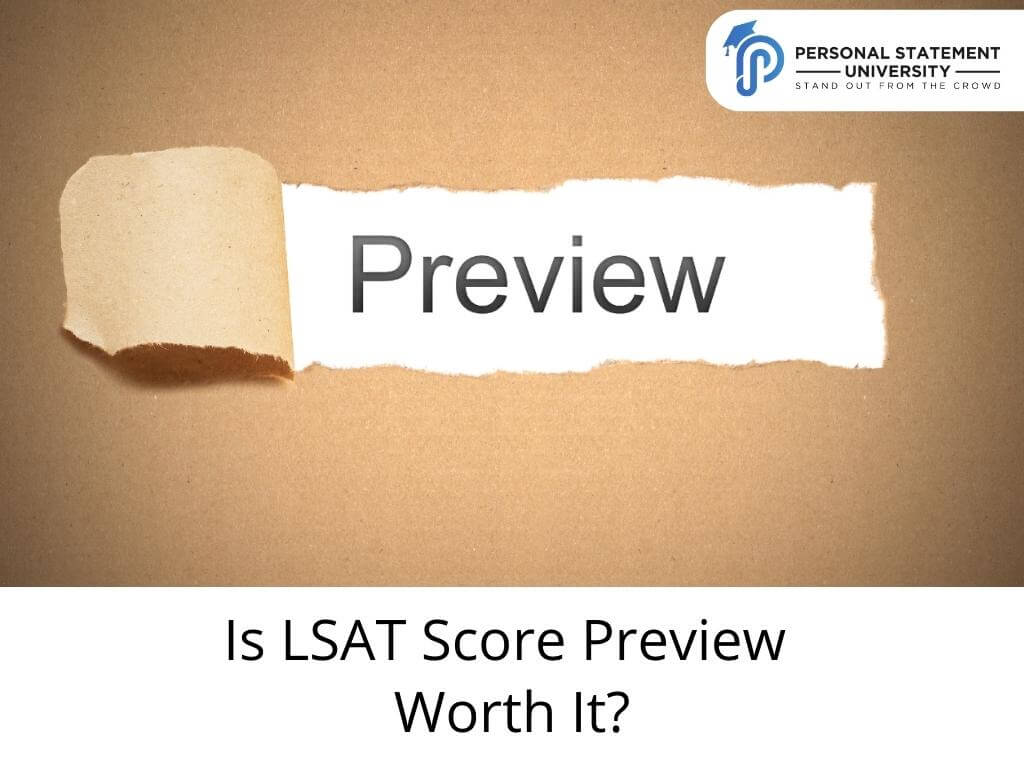How To Deconstruct a Logical Reasoning Stimulus
Still Confused?
Get in touch with us for
professional guidance.


Logical Reasoning is one of the toughest sections to learn on the LSAT because there’s not a lot to work with before you get to the question. You get a couple of sentences about how apple juice is purified or what killed off the dinosaurs, or the appropriate way to interpret poetry, and then, depending upon how finely you distinguish between them, there are up to twenty or so different questions they can ask you about those sentences.
The good news is that you can be prepared for just about anything they ask you if you know how to find what’s important in the stimulus: It’s usually just a small part of it that you’re being tested on. Here’s a step-by-step method for any LR question:
Step #1: Read the question stem BEFORE the stimulus
You should read what you’re being asked first because it gives you hints about how to approach the stimulus. For instance, some questions will ask you something like, “Which of the following, if true, would most strengthen the argument above?” This tells you (1) there’s an argument, so you have to analyze it as such, and (2) that argument suffers from some weakness. Otherwise, there would be no room to strengthen it.
Step #2: Decide if the stimulus is an argument or a set of facts
About 90% of stimuluses (stimuli?) are arguments, and the other 10% are sets of facts. It’s easiest to just figure out if it’s an argument. Because if it ain’t an argument, it’s a set of facts. There’s no third option.
An argument always has at least two parts: A conclusion, which is what the author is trying to prove, and a premise, which is a reason to believe the conclusion is true. In other words, a premise supports a conclusion. This support relationship is what separates an argument (where some statements support others) from a set of facts (where there is no support relationship).
By question type: Most question types on the LSAT require an argument in the stimulus, and if you’re working on one of those, you don’t have to wonder if it’s an argument.
There are really just two types of questions that don’t always have an argument in the stimulus, so first, check what type of question it is. One common question type that usually doesn’t contain an argument is a Must Be True/Most Strongly Supported question. These give you a set of facts and ask you to make an inference on the basis of them. (There are also Must Be False questions, which generally don’t have an argument, but they’ve become very rare in recent years.) The second type of question without an argument is a Resolve/Explain question. These give you two facts that seem like they contradict each other and ask you to find the answer that shows they don’t actually contradict each other.
By argument indicator words: Some words and phrases introduce premises (statements that provide support) like since, because, after all, for, and for a reason that. Some words and phrases introduce conclusions (statements that receive support) like therefore, thus, hence, ergo, as a result, etc.
Anything that doesn’t qualify as an argument – there is no supporting relationship between statements – is a set of facts. Your analysis differs depending on this determination (see below):
ARGUMENT IN STIMULUS
*Note: A stimulus can have more than one argument, in which case you should do the following process for each.
Step #3: Identify premise(s) and conclusion(s), and put the background aside.
Identify the main conclusion as well as the support (premise). What you’ll often find is that there are some statements that are background – they neither provide support for another statement nor receive support from another statement. It’s commonly the first sentence, and it might provide needed context. It’s not technically part of the argument, and knowing that can help you immensely by narrowing down what you’re being tested on in the stimulus, which is the stuff that is NOT background. Here’s an example:
There are now about three times as many wildfires per year in the western United States than there were a century ago. Scientists believe this is a result of climate change because hotter temperatures lead to drier conditions known to fuel fires.
In this example, the first sentence is background. It’s the situation we are trying to explain. The entire argument occurs in the second sentence: the stuff that comes after because is the premise, and scientists’ belief is the conclusion supported by that knowledge of how temperature affects fire risk.
To be clear, if they are asking you about the argument, they’re asking about the relationship between the stuff in green and the stuff in red. That is the argument, not the entire stimulus.
Step #4: Evaluate the argument.
This is where the answer to just about every question lives, at least those with an argument. It’s not enough to just recognize the premise and the conclusion. You have to decide this: Is the support a good enough reason to believe the conclusion? If it is, that’s a good argument. If it’s not, then that’s a bad argument.
So, how do you do that? Try to brainstorm ways the premise could be true, and yet the conclusion is not true. Let’s take this argument:
Brad smokes one cigarette every day.
Therefore, cigarette smoking is the cause of Brad’s lung cancer.
So we are going to accept that the premise (the stuff in green) is true. In other words, Brad smokes exactly one cigarette each day. We believe that. What we reject is that smoking is the cause of Brad’s cancer.
How could that be? Well, the true cause could be any number of things: genetics, environmental pollution, or dangerous chemicals Brad might work with. Because each one of those things could be the cause, it’s entirely possible that the premise is true, but the conclusion is false. For that reason, this is not a very good argument.
LR questions can ask you lots of things, but now you know WHY this is a bad argument: it’s ignoring other possible causes. Questions that ask you about a flaw or to strengthen or weaken the argument will all refer to this problem.
This kind of broader analysis frees you from having to have a step-by-step process for each question type, and time is of the essence on the exam.
SET OF FACTS
Step #3: Find strong statements.
In an MBT, these are more likely to provide support for the right answer.
Step #4: Find shared terms/concepts
The same terms will often pop up in multiple sentences, meaning you might be able to combine those statements logically to come to a conclusion. Consider this set of facts:
Bob is Jim’s brother. Katie is Jim’s daughter.
Jim is in both of these sentences. While neither discusses the relationship between Bob and Katie, by seeing how Jim features in each statement, we can infer that Bob is Katie’s uncle.
Step #5: Note similarities and differences between people/things/concepts/time periods discussed
Comparisons can be made directly and often have the word “than.” Sally is shorter than Rachael. These very often provide the basis for the right answer.

Let Personal Statement University Put You on the Path to the Law School of Your Dreams:
Application Consulting - Work with a 15-year veteran of law school admissions who's helped thousands of people get admitted.
Essay Editing - Whether it's a personal statement, diversity statement, addendum, or another essay, we'll make sure it's polished and targeted.
The World's Only Interactive Personal Statement Course - Learn everything you need to know to get admitted - and find the right schools for you - for just $99.



